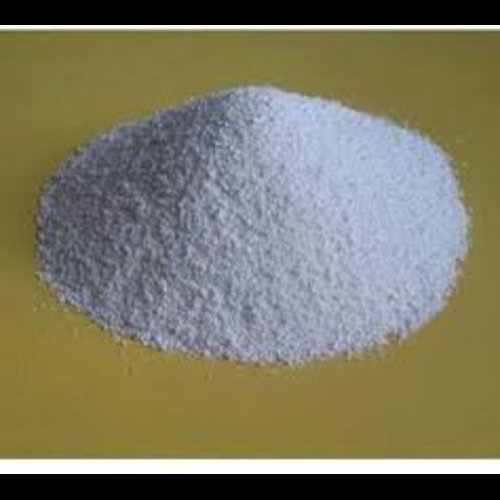About DERUSTING CHEMICALS
Derusting chemicals are specialized formulations used to remove rust (iron oxide) from metal surfaces. These chemicals work through chemical reactions that dissolve or convert rust into a removable form, restoring the metals clean surface.
Types of Derusting Chemicals and Their Descriptions
Acid-Based Derusting Chemicals
Main Components: Phosphoric acid, hydrochloric acid, sulfuric acid.
Function: Chemically dissolves rust (iron oxide) from metal surfaces.
Use: Common in heavy-duty rust removal in industrial settings.
Example: Pickling solutions for steel.
Note: Corrosive and requires proper PPE and ventilation.
Chelating Agent-Based Derusters
Main Components: EDTA (ethylenediaminetetraacetic acid) or other chelating agents.
Function: Bind with iron ions and remove rust without attacking the base metal.
Use: Safer for delicate or precision components.
Example: Biodegradable derusting solutions.
Converter-Type Chemicals
Main Components: Tannic acid, organic polymers.
Function: Converts rust into a stable, non-reactive black coating (iron tannate).
Use: Pre-treatment before painting or coating.
Example: Rust converters used in automotive bodywork.
Electrolytic Derusting Solutions
Main Components: Sodium carbonate (washing soda) solution.
Function: Used as electrolyte in electrolysis rust removal.
Use: Restoration of vintage or precision tools.
Note: Requires DC power supply and a sacrificial electrode.
Solvent-Based Derusting Gels and Pastes
Main Components: Organic solvents, acids, rust inhibitors.
Function: Applied directly to rusted areas for spot treatment.
Use: Vertical surfaces, hard-to-reach places.
Example: Gel rust removers for marine or automotive use.

